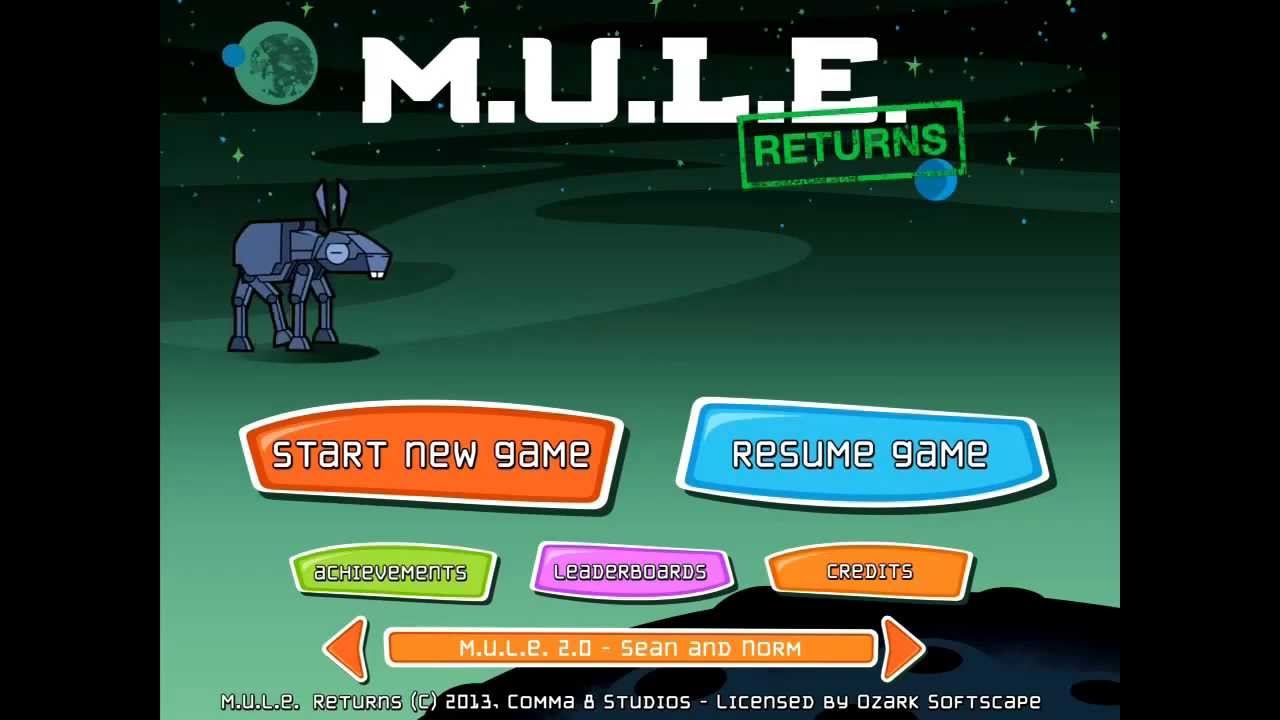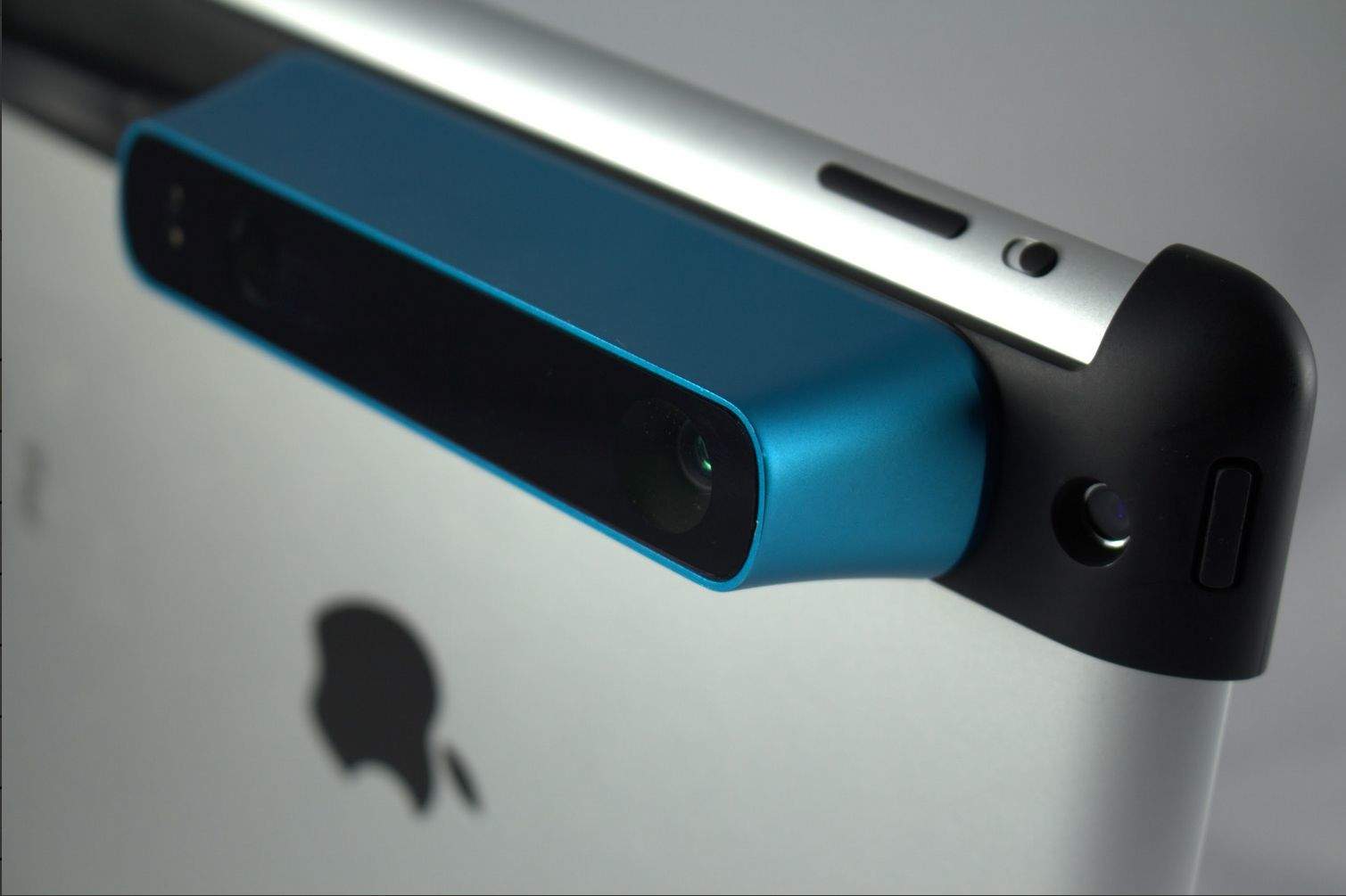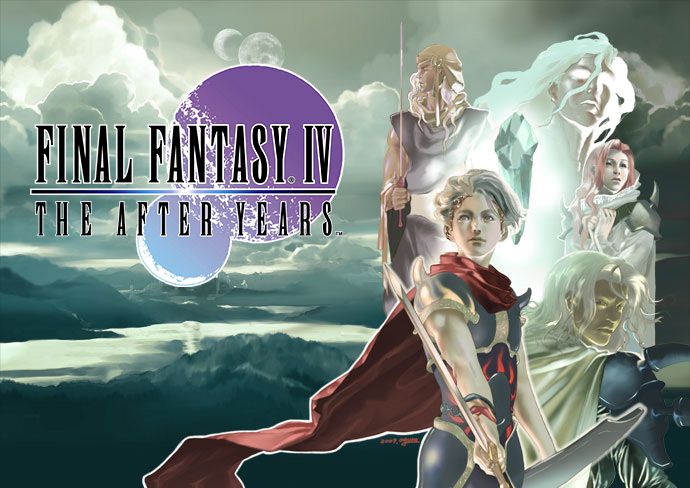America’s favorite shopping day is almost here and what better way to prepare your customers for the slaughters of Black Friday than a juicy new app update? Target has released a free update for its iPhone app that finally brings an iOS 7-friendly UI to the retailer’s app.
Included among the new features is an improved Shopping List that allows users to build lists faster with typeahead results and shows which items on your list are on sale. The new What’s In Store feature shows shoppers which products are trending along with popular Cartwheel offers and recipes. Target has also improved its Find feature with more accurate maps, but unless you live in one of the beta areas you’ll have to wait before your local store map is available.
Here are the full release notes:
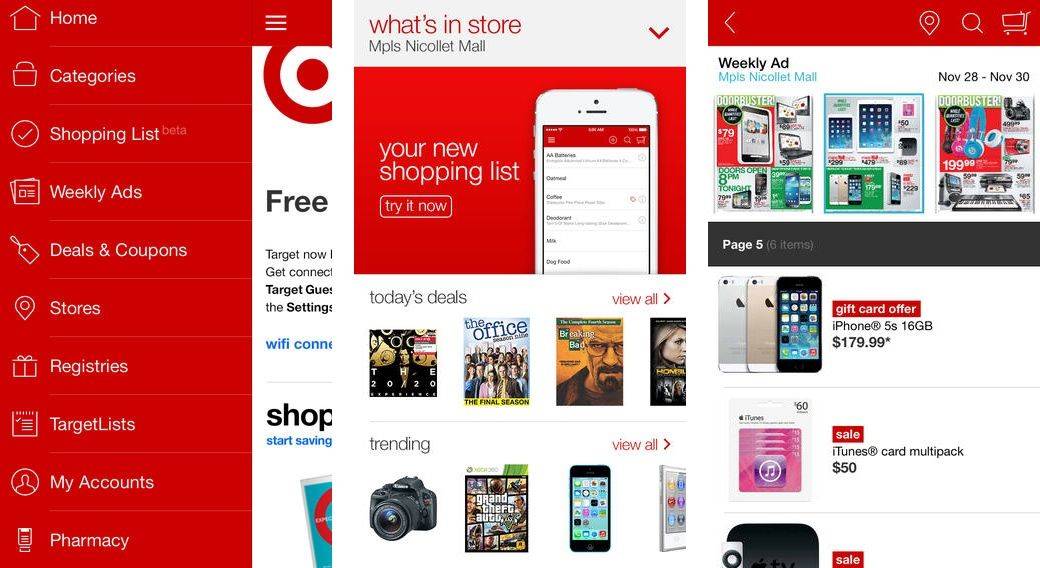

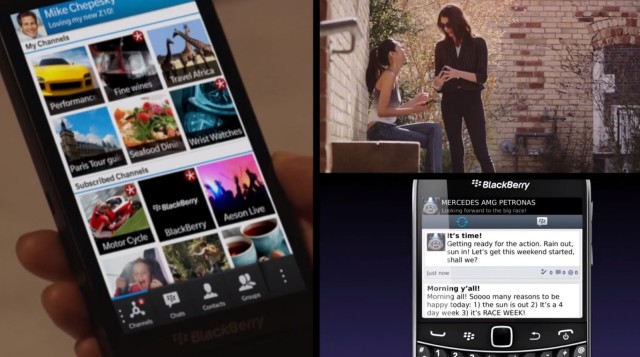
![Use The Dock On Any External Display With Mavericks [OS X Tips] Dock Shot](https://www.cultofmac.com/wp-content/uploads/2013/11/Dock-Shot.jpg)
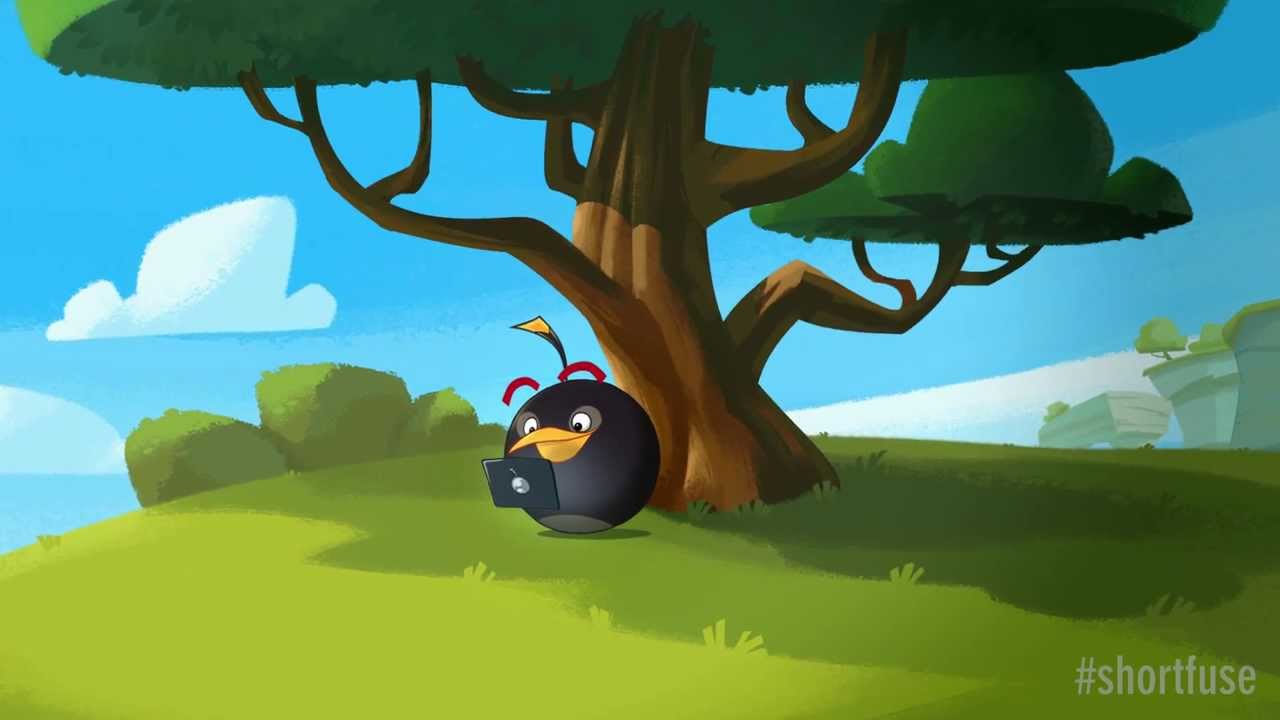

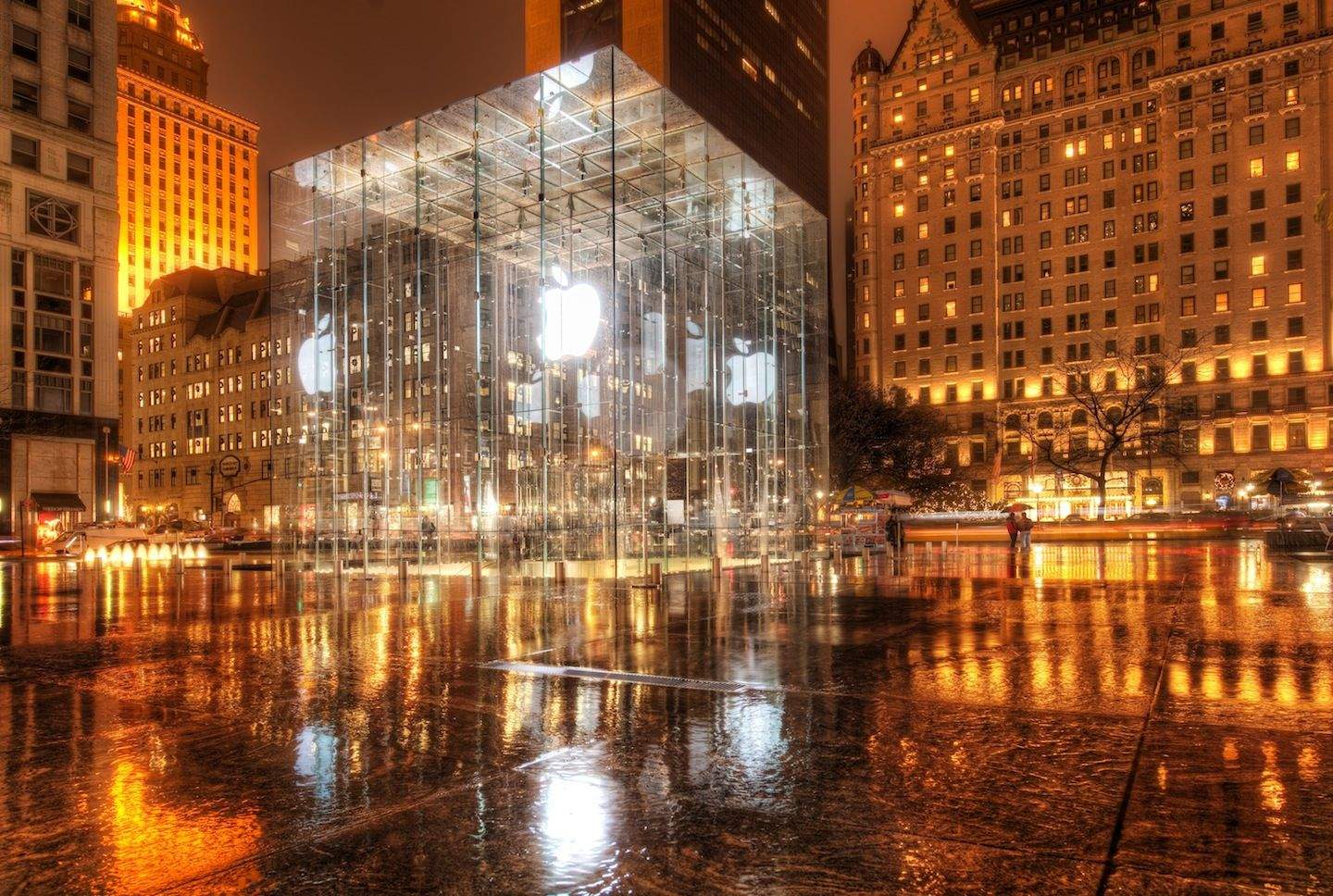

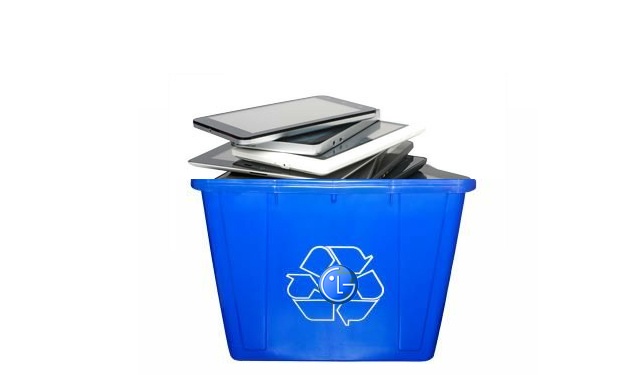
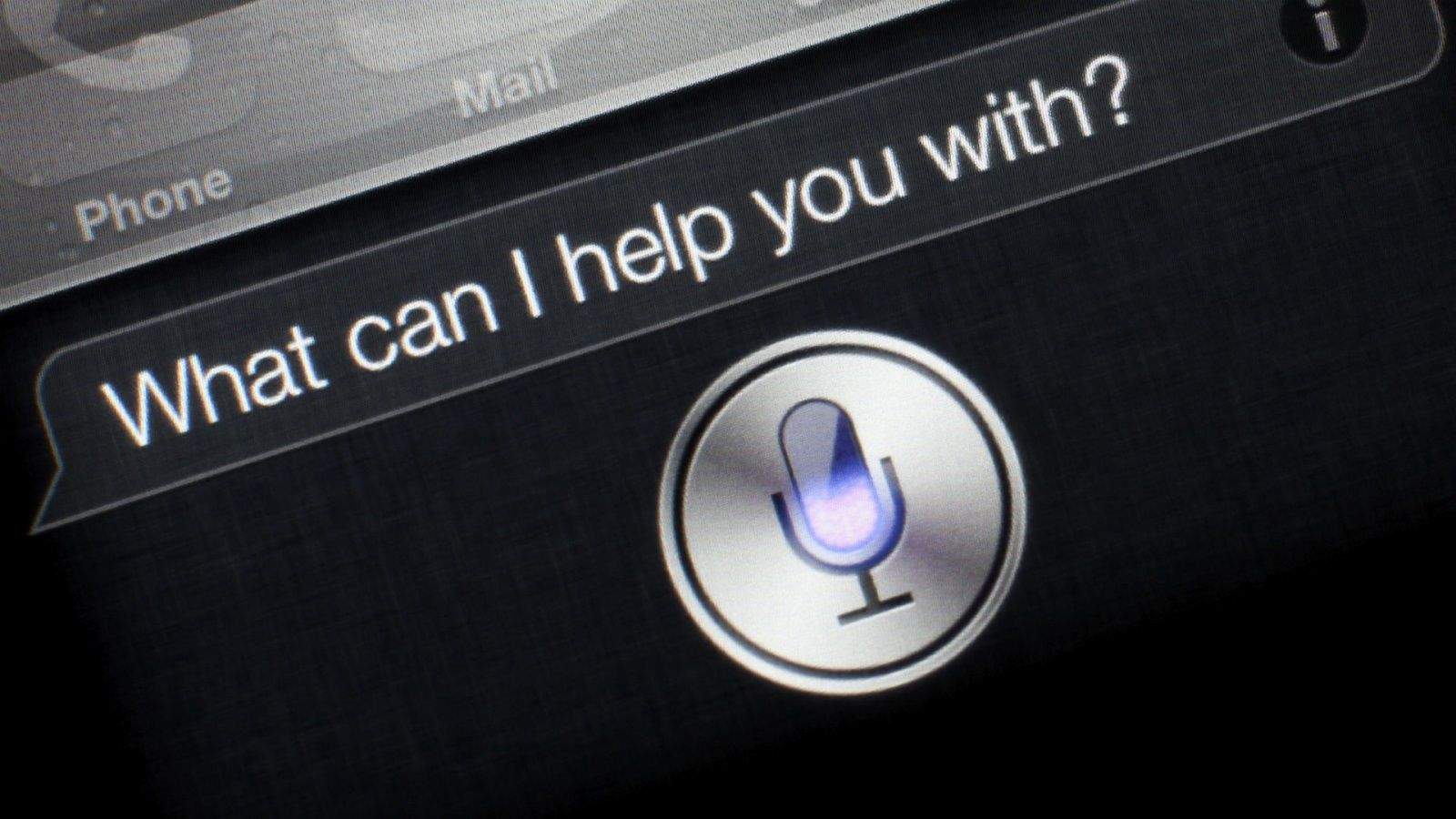
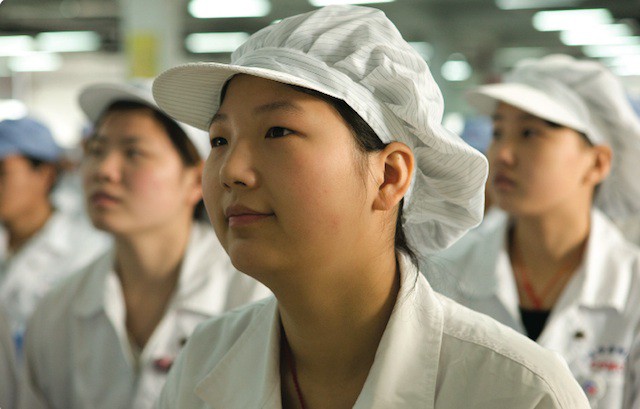

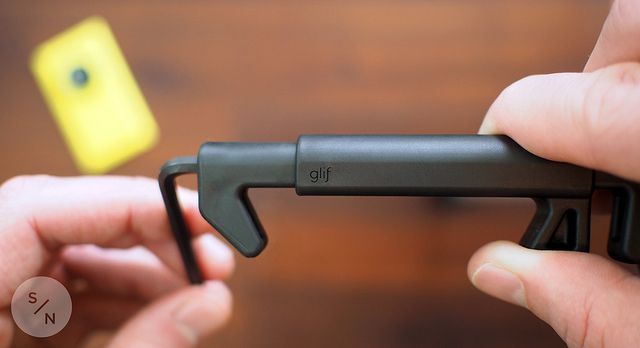
![Nokia Takes Cheap Shots At iPad In New Ad For Lumia 2520 Tablet [Video] post-255765-image-c3976ec98d84e8f0cf09526405175624-jpg](https://www.cultofmac.com/wp-content/uploads/2013/11/post-255765-image-c3976ec98d84e8f0cf09526405175624.jpg)
![Watch Leander Talk About Jony Ive Secrets On Bloomberg TV [Video] Leander on Bloomberg TV](https://www.cultofmac.com/wp-content/uploads/2013/11/Leander-on-Bloomberg-TV.jpg)
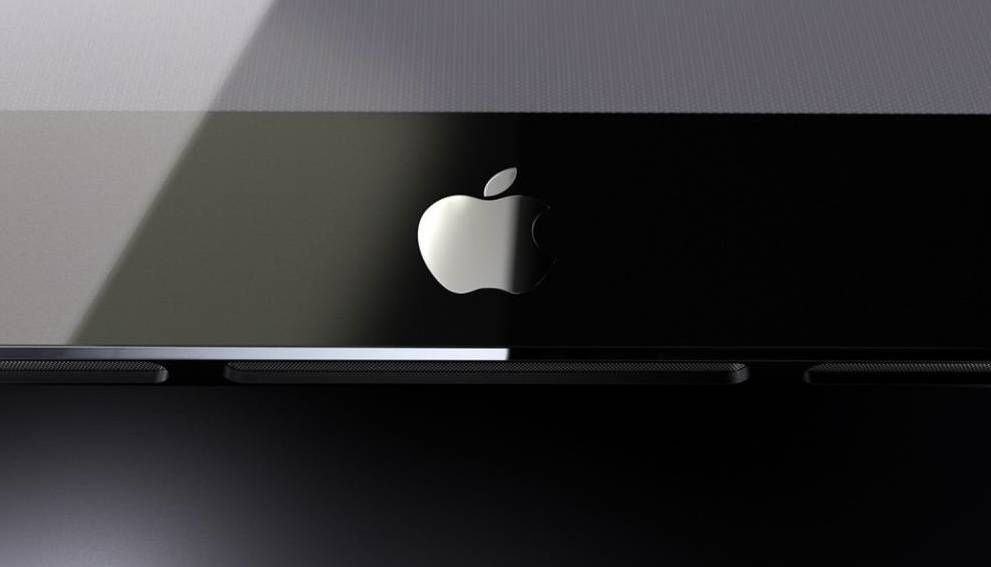
![Baby Lava Bounce Lives On The Edge And Eats Pineapples [Review] Baby Lava 3](https://www.cultofmac.com/wp-content/uploads/2013/11/Baby-Lava-3.jpg)
![The Original ‘Infinity Blade’ Is Now Free For A Limited Time [Deals] infinityblade](https://www.cultofmac.com/wp-content/uploads/2013/11/infinityblade.jpg)

![Get Tower: The Best Git Client For Mac #BlackFriday [Deals] redesign_tower_mainframe_630x473](https://www.cultofmac.com/wp-content/uploads/2013/11/redesign_tower_mainframe_630x473.jpg)
